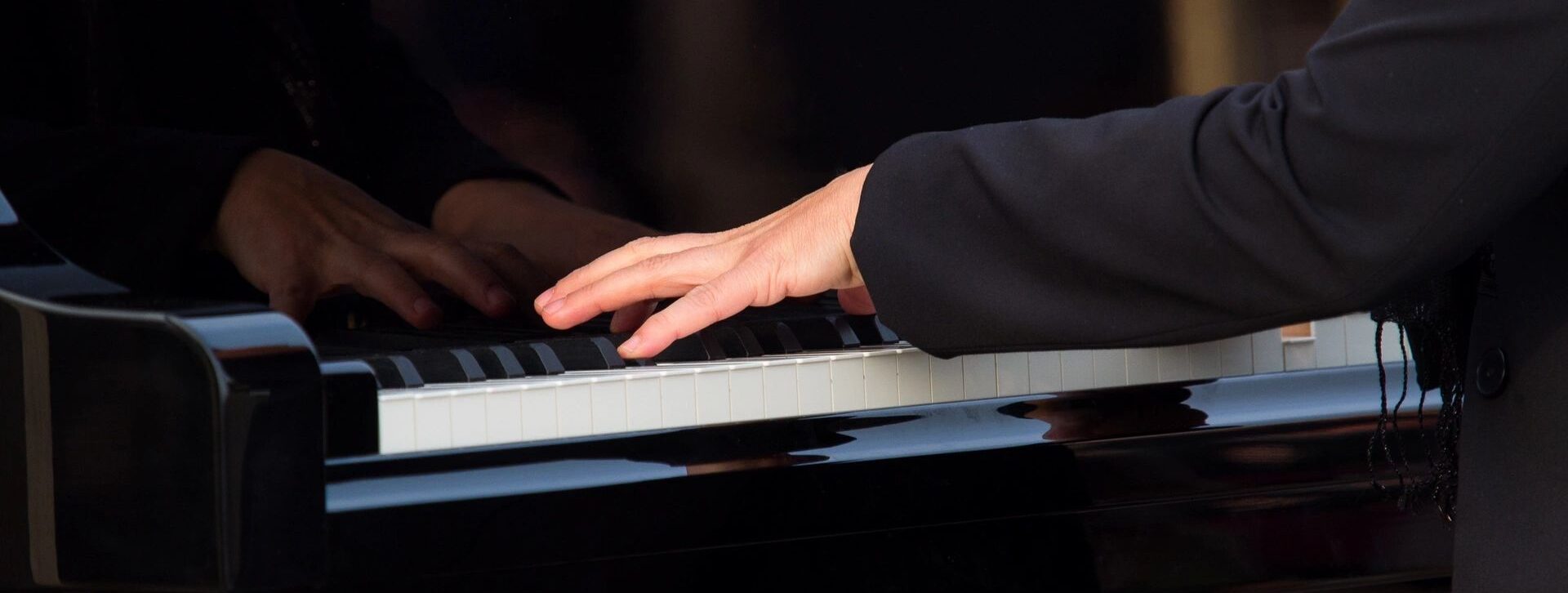Relocating a piano, whether a cherished upright or a grand, is a big event. Even with careful transport, dust, vibrations, or minor wear can affect its condition. Post-move maintenance is crucial to restore its beauty and ensure longevity. Here’s a guide to caring for your piano after a move, focusing on cleaning and restoration.
Inspect and Acclimate
Start by checking your piano for scratches, dents, or loose parts before transport and then again upon arrival. Before tuning, let the piano acclimate to its new environment for two to four weeks. Temperature and humidity shifts during a move can affect wood and strings, causing pitch changes. Place it in a stable, climate-controlled room, away from sunlight or vents. This prevents stress on internal components and ensures stable tuning later.
Clean Thoroughly and Professionally
Dust and debris from a move can settle inside your piano, causing issues like sluggish or sticky keys and other components . A professional cleaning service is ideal, as it involves disassembling keys and action components to remove dirt from hard-to-reach areas. This process, which can take several hours, restores both appearance and function. Avoid household cleaners, which may harm finishes or delicate parts. A thorough cleaning post-move protects the instrument’s longevity and keeps it sounding vibrant. If professional services aren’t available, gently dust exterior surfaces with a soft cloth, but leave internals to experts.
Restore Cosmetic Damage
Professional restoration can address cosmetic damage issues, reviving the cabinetry’s shine. Skilled restorers, often trained in antique furniture techniques, like repairing blemishes and refinishing to restore its original luster. For example, a scratched upright or a dinged grand can look showroom-ready with expert care. Restoration not only improves aesthetics but also maintains the piano’s value, particularly for heirlooms or antiques. Seek specialists with experience in piano-specific finishes to avoid compromising the instrument’s integrity.
Tune and Maintain
After acclimation, hire a certified technician to tune your piano. A post-move tuning restores pitch and playability. Check for loose pedals or sticky keys, which may need minor adjustments. Long-term, maintain annual tunings and monitor humidity to prevent wood warping or string corrosion. Combining tuning with cleaning and restoration post-move ensures comprehensive care, keeping your piano in top shape for years.
Why Post-Move Care Matters
Skipping maintenance can lead to lasting damage. Dust can degrade internal components, scratches reduce value, and untuned strings diminish sound quality. Proper care preserves both function and sentiment, whether your piano is a performance piece or a family treasure. By addressing these needs promptly, you protect its legacy. Contact Jones Piano Services for expert cleaning and restoration to bring your piano back to its best, ensuring it remains a joy to play and admire!

